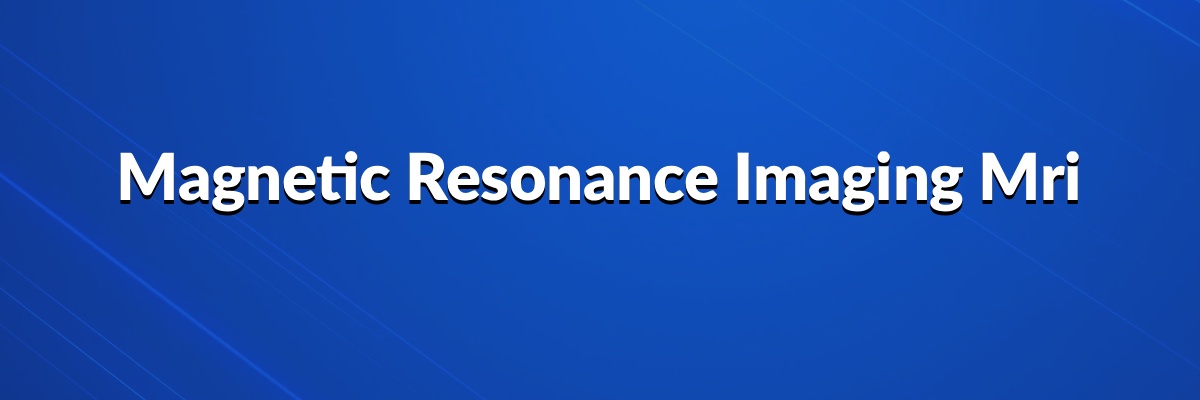- Magnetic resonance imaging (MRI) is a noninvasive method of mapping the internal structure of the body which completely avoids the use of ionizing radiation and appears to be without hazard. It employs radiofrequency (rf) radiation in the presence of carefully controlled magnetic fields in order to produce high quality cross-sectional images of the body in any plane. It portrays the distribution of hydrogen nuclei and parameters relating to their motion in water and lipids.
- The exposure of the tissue to a Radiofrequency (RF) radiation causes the nuclei in the lower energy state to jump to the higher energy state. MR Imaging is based on the observation of the relaxation that takes place after the RF pulse has stopped and subsequent return of the excited nuclei from the high energy to the low. In pure water, the T2 and T1 times are approximately identical. For biological material, the T2 time is considerably shorter than the T1 time. By varying imaging it is possible to weight the signal to produce T1-, T2- or PD-weighted (proton density) images. From a medical perspective, it means that MR Imaging can provide multiple channels to observe the same anatomy. For instance in a brain image, white matter appears in a light grey in T1 and a dark grey in T2. Grey matter appears grey in both images. The Cerebro-Spinal Fluid (CSF) appears black in T1 and white in T2. The background of the image (air) appears black in both images. Fluid matters such as edema and water appear white (or whiter) on the T-2 image compared to T-1, while bone will appear darker.







